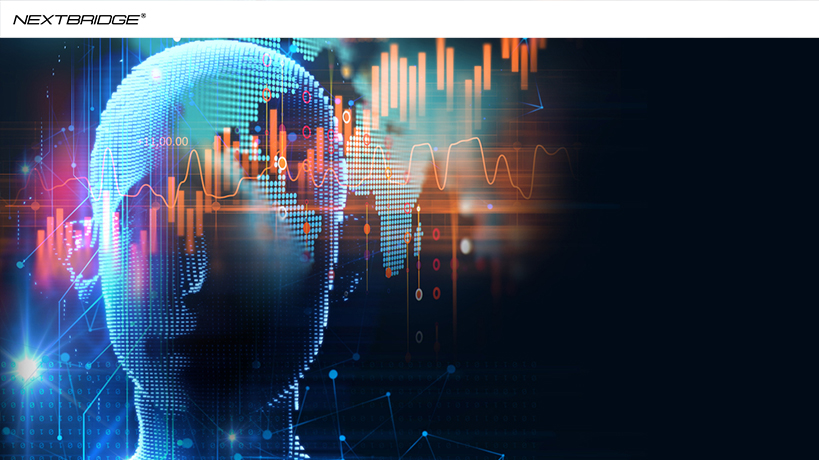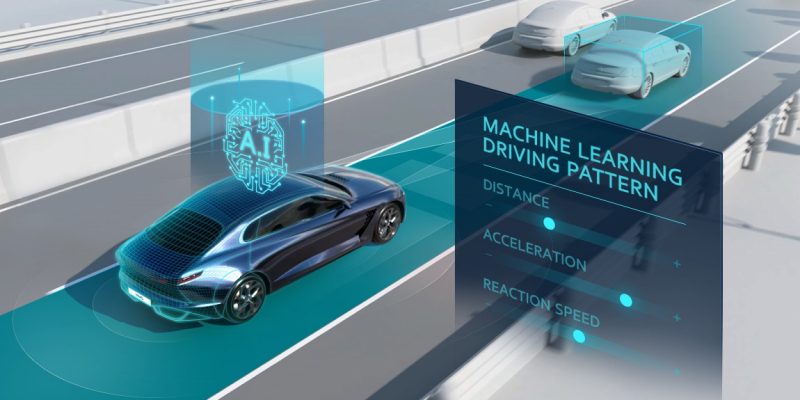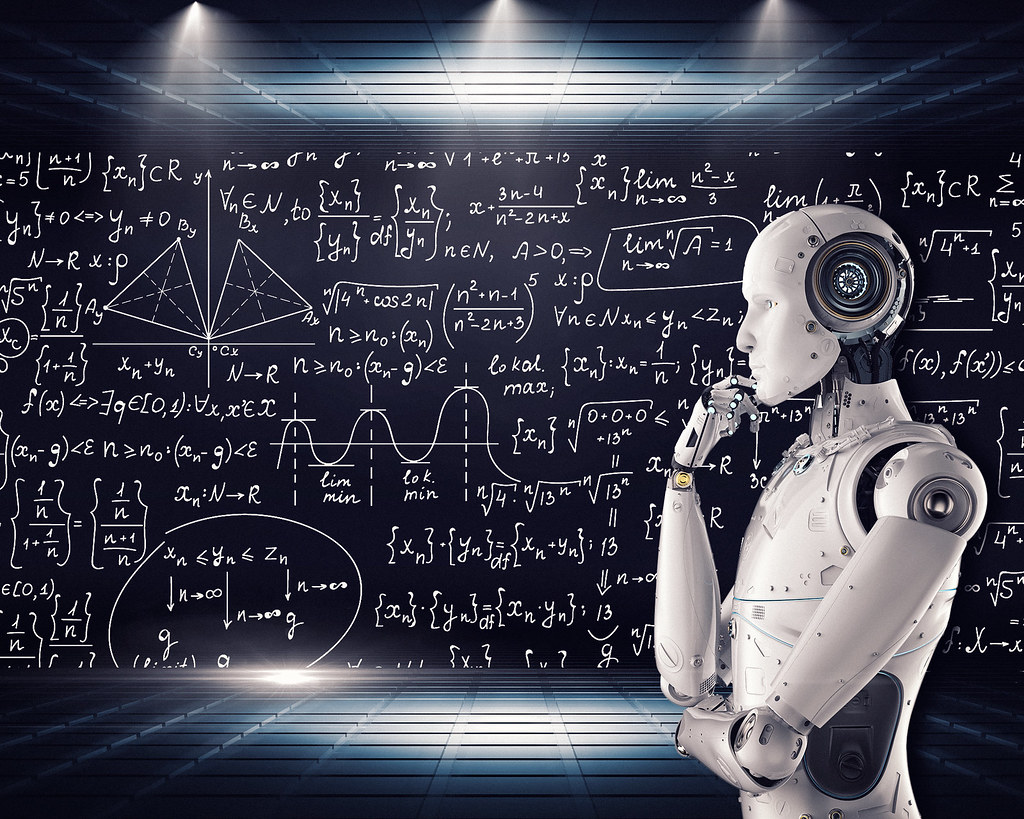 Back to all articles
Back to all articles
Blogs
Can Artificial Intelligence Really Get Autonomous?


There is no doubt that Autonomous Artificial Intelligence is formidable since it adds billions of dollars to the economy owing to its impressive applications. But irrespective of all the hype—wonders AI is performing—that you come across on the internet or in action movies, that is pure fiction. To start off, we need to first understand what “autonomous” actually means.
According to Google dictionary, autonomous means, “having the freedom to act independently.” This means that if something is autonomous, it can make its decisions independently and can govern its affairs by itself.
Having said that, I would like to examine first; is artificial intelligence really autonomous or is it just fanfare?
Is the Current Generation of AI Autonomous?
In this day and age, artificial intelligence is powered by machine learning. Machine learning is the core of AI that works by evaluating the examples and then performing the tasks—without humans giving commands manually.

It is pertinent to discuss that machine learning methods involve the following;
- Feed the system with numerous relevant examples
- Setting a standard goal that is desired to be accomplished
- Feed patterns of algorithms
- Patterns that are introduced to ML are then reviewed
- The resultant algorithm is then deployed
Machine learning performs a remarkable role in making predictions after abiding by the fitted patterns that are fed to it. This process proves that AI systems do not take decisions or set goals by themselves but with human interference.
That is to say, Autonomous Artificial Intelligence is just a tool that is built by humans, monitored by humans, and the goal is to serve humans. Autonomous Artificial Intelligence systems are only autonomous to the scope of humans setting certain patterns for them to follow. They are restricted without human interference and modifications.
Autonomous Artificial Intelligence can be Automated but not Autonomous
There is a widespread misconception that one day artificial intelligence will develop free will—in accordance with the beliefs of Stephen Hawking and Elon Musk. But in reality, “AI systems cannot get ‘fully autonomous’ unless or until they are designed that way.”

To put it in perspective, Autonomous Artificial Intelligence can be automated but it cannot be autonomous!
Reining in on AI
Some experts discourage building so-called autonomous systems. They maintain that some form of human control is compulsory for critical AI systems (vehicles, for instance). But the truth is, countless companies are heavily investing in this technology to materialize the goals of autonomous weapons, self-driving vehicles, etc.

Is Autonomous Artificial Intelligence a Threat?
The voices are getting louder in warning that AI is a future threat. People in this camp talk about “Destructive Superintelligence” that AI will get out of our control and will wreak havoc. As of now, it is just a theory.
Another area that comes under discussion is job automation. Recent surveys conclude that around 70 percent of the tasks (currently performed by the human workforce) will be replaced with Autonomous Artificial Intelligence systems. This will result in increased unemployment.
Key Takeaways
To sum it all up, AI is there to stay but how it will evolve is anybody’s guess. Though billions of dollars are spent each year to make this technology fully autonomous, no matter what, it will always rely on human interference at some level since it will only follow the patterns and algorithms fed to it.
Interested in learning AI and wants to explore more? Reach out to AI experts.
Don't hire us right away
talk to our experts first,
Share your challenges, & then decide if we're the right fit for you! Talk to Us
Partnerships & Recognition
Commitment to excellence






